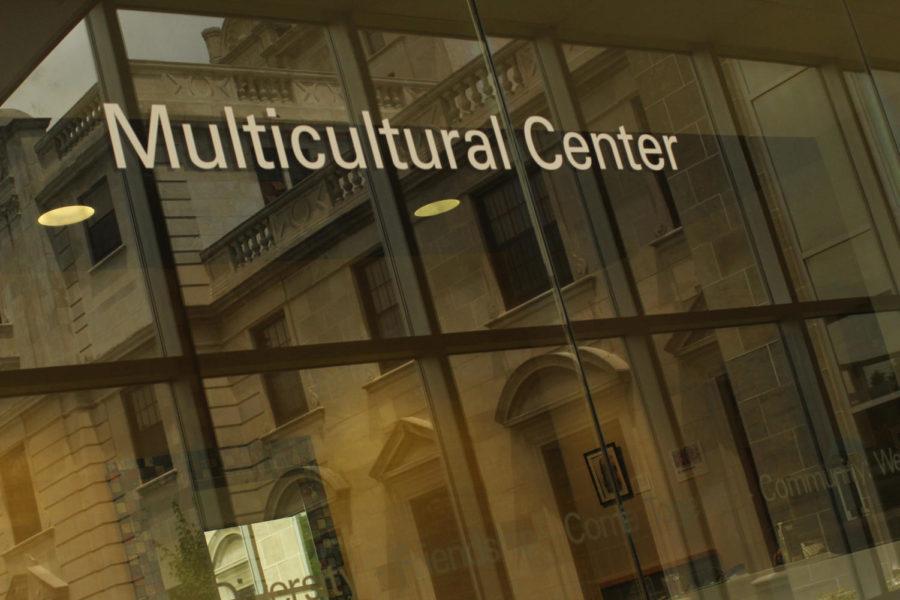Editorial: The dangers of affirmative action
Photo: Brian Achenbach/Iowa State Daily
Affirmative action in the United States began with an executive order signed by President John F. Kennedy which required government make sure applicants are treated equally regardless of race, creed, color or national origin.
June 26, 2013
Imagine that you are an African American citizen in the 1950s being denied admission to a university on the basis of race. You would most likely feel enraged, unfairly becoming a second-class citizen. But in a period before the sweeping Civil Rights reform of the 1960s, there wouldn’t be anything you could do.
Now imagine that you are a white or Asian American citizen here in 2013 that can’t get into your college of choice because of the race with which you choose to identify. Is that not just as unfair as the exclusion of African American applicants in earlier times?
Now imagine that you are a white or Asian American citizen here in 2013 that can’t get into your college of choice because of the race with which you choose to identify. Is that not just as unfair as the exclusion of African American applicants in earlier times?
This was the case for Abigail Fisher, who took her case to the US Supreme Court. In 2008, she was denied admission to University of Texas on the basis of one of the university’s admission criterion: race. On Monday, the case was sent back to lower courts when the Supreme Court decided not to overturn it based on lack of proper scrutiny of the university’s admission policies by the appeals court.
Many private colleges and state universities use race or ethnicity as a criterion for student admissions in an attempt to create diversity on campuses that have previously been exclusively filled by young, privileged white people.
Affirmative action (or positive discrimination, as it is referred to in the UK) was certainly necessary in earlier decades of US history, but now we need to be careful what we sacrifice in the name of diversity.
Affirmative action has already accomplished much. For example, enrollment of black students rose to 14 percent by 2010. That almost perfectly matched the distribution of African Americans in the US population, which was 13 percent in the 2010 census. Similarly, 13 percent of enrolled students are of Hispanic origin, closing the gap between Hispanic student enrollment and Hispanic population in the US, which is 16 percent.
This isn’t to say that diversity has been fully achieved. There are holes in diversity at individual colleges, even if the national numbers are starting to improve. However, at this point it is doing nearly as much damage as it is good.
“I think trying to create a system in which we take the diversity and plurality of the student body as a factor in admissions is a good thing,” says Iowa State political science senior lecturer Dirk Deam. However, Deam recognizes the unfairness of specific situations in which individuals are excluded from enrollment based on race, as in the case of Asian applicants at Ivy League schools.
Though most colleges have not released complete admissions data for many years, reports from the ‘90s show a trend of “reverse racism.” The most complete data for Ivy League colleges is from 1997, and it shows that students who identified as “Asian” had the lowest acceptance rate. This is despite having comparable test scores with other, white applicants.
This is why despite the noble goals of affirmative action, we must be cautious that it does not harm the success of any individuals. No matter how determined universities are to have campus diversity, they should not disadvantage those with the intelligence and the drive to get a post-secondary education.







